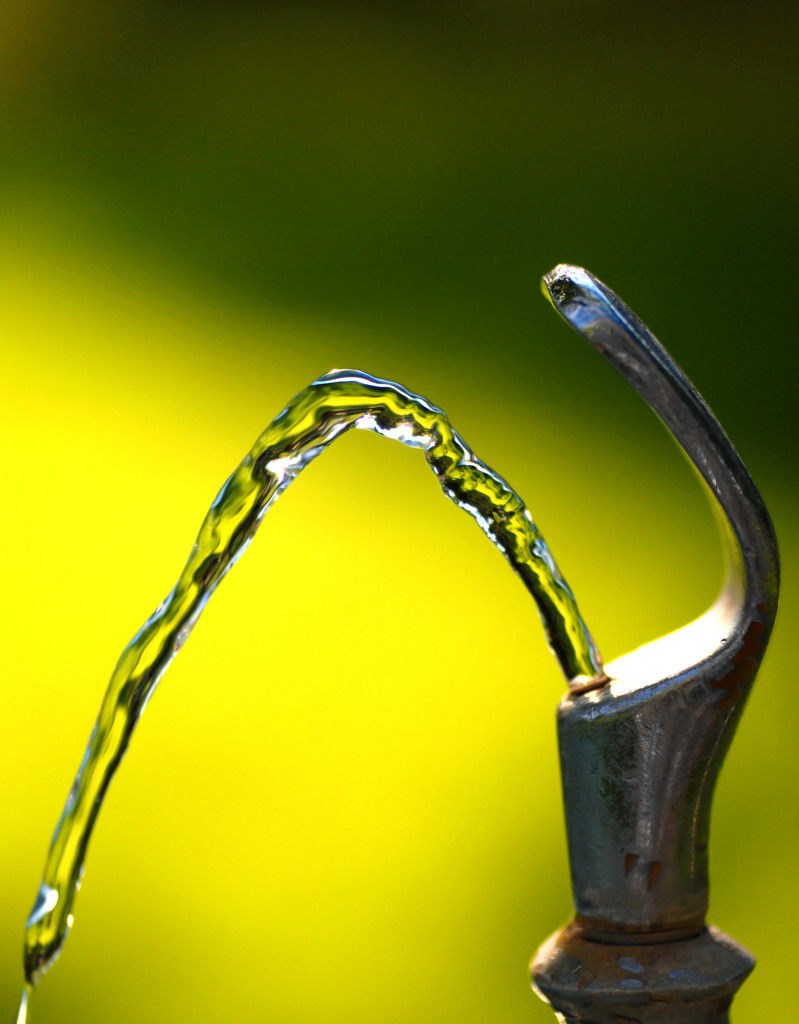According to the GAO report,
Nationwide, school districts vary in terms of whether they have tested for lead in school drinking water, with many not testing. According to our survey of school districts, an estimated 43 percent tested for lead in school drinking water in at least one school in the last 12 months, while 41 percent had not tested.26 An estimated 35 million students were enrolled in districts that tested as compared with 12 million students in districts that did not test. An estimated 16 percent of school districts, enrolling about 6 million students, reported that they did not know whether they had tested or not.
***
Lead in School Drinking Water Survey Results at a Glance:
• An estimated 43 percent of school districts tested for lead in school drinking water, but 41 percent did not, and 16 percent did
not know.
o Some districts tested drinking water in all sources of consumable water in all of their schools, while other
school districts tested only some sources.
o Among the reasons for not testing, school districts said they either did not identify a need to test or were not
required to do so.
• Of those that tested, an estimated 37 percent of school districts found elevated lead levels—levels of lead above the district’s
threshold for taking remedial action—in school drinking water.
o School districts varied in terms of the threshold they used, with some using 15 ppb or 20 ppb and others using a
lower threshold.
• School districts varied in whether they tested for lead in school drinking water and whether they discovered elevated levels of
lead. For example, an estimated 88 percent of the largest 100 school districts tested compared with 42 percent of other school
districts.
• All school districts that found elevated lead reported taking steps to reduce or eliminate the lead, including replacing water
fountains or providing bottled water.




